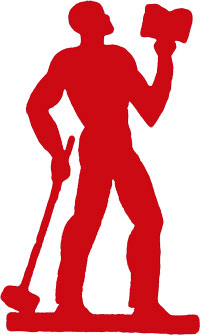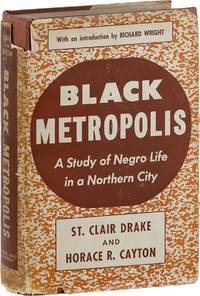first edition
1916 · London
by BEK, Lieutenant Colonel Roustam
London: John Lane the Bodley Head, 1916. First U.K. Edition. Octavo. 19.5cm. Publisher's original decorated bottle green cloth titled and decorated in gilt and dark blue to spine and front board. [xiii];154pp. +4pp. ads to rear. Bumping and softening to corners and spine ends, some unpleasing soiling to the rear board that looks like an old oil stain, which at least has the virtue of being appropriate, the cheap wartime gilt on the spine has dulled significantly, but we would imagine that to be almost ubiquitous with this title; internally clean although uniformly toned and browned due to Wartime Economy Standard paper stock; lacking a front flyleaf, (truncated)



![Waiting for the King of Spain [Limited Edition, Signed]](https://d3525k1ryd2155.cloudfront.net/h/712/783/1695783712.0.m.jpg)